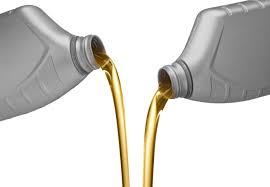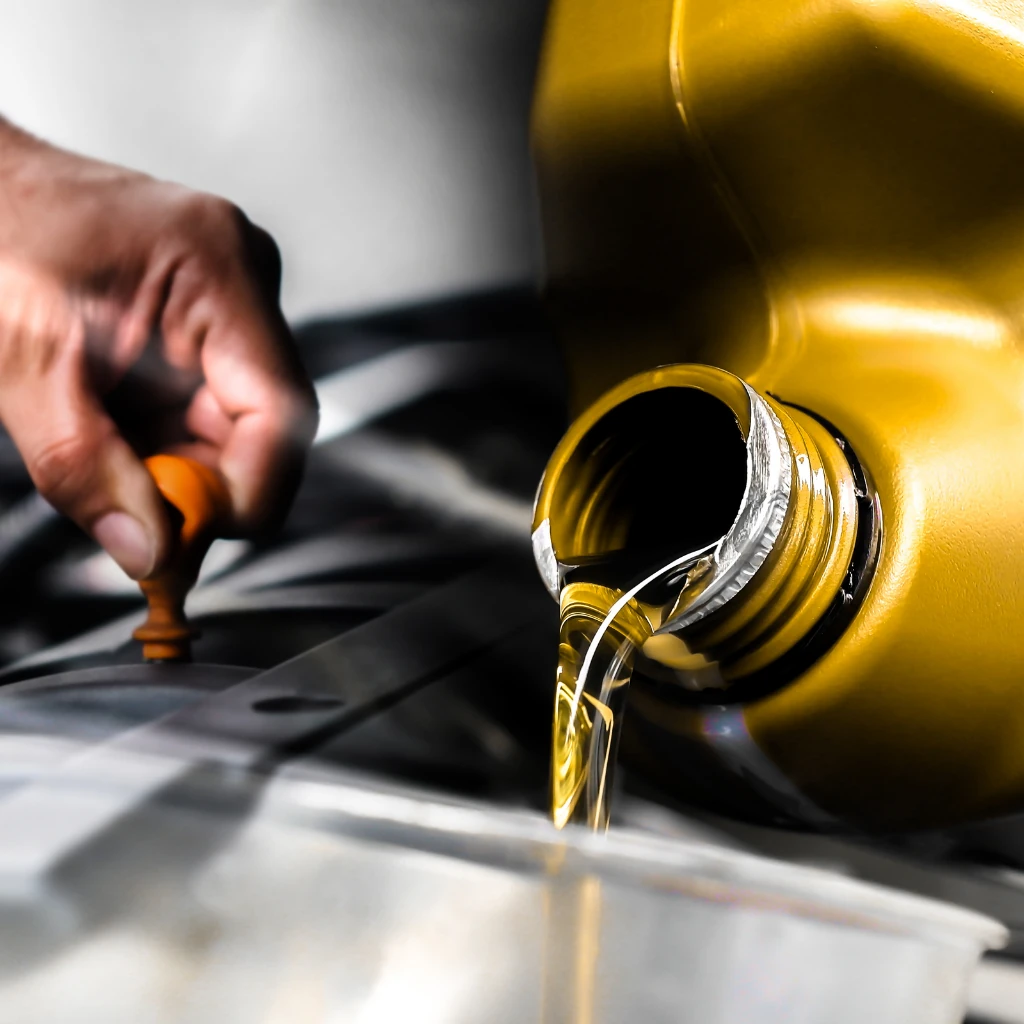Panama …
Mineral Oils vs Engine Oils: Key Differences & Best Uses
October 10, 2025

In today’s technological world, oil is not just a liquid — it acts like the nervous system of machines. From cars to industrial equipment, from hydraulic systems to turbines, nothing can operate smoothly without proper lubrication. This is why terms like “mineral oils” and “engine oils” are often confused. However, they differ significantly in function and usage.
In this article, we will explore what mineral oils and engine oils are, their key differences, applications, and what you should pay attention to when choosing the right type. If you are looking for guidance on your car’s engine oil or industrial lubrication needs, this guide is for you.
What Are Mineral Oils and Engine Oils?
The term “mineral oil” covers a broad range. Technically, mineral oils are lubricants derived from petroleum base oils, enriched with additives, and used in various industries and automotive systems.
Composition: base oil + anti-friction and stabilizing additives
Role: reduce friction, minimize wear, dissipate heat, and protect against corrosion
Types: mineral, synthetic, semi-synthetic oils
Mineral oils are widely used in industrial fields, such as turbines, compressors, hydraulic systems, and gearboxes.
Definition and Features of Engine Oils
Engine oils, on the other hand, form a specific subgroup of lubricants designed for internal combustion engines (gasoline, diesel, and hybrid). Inside an engine, pistons, crankshafts, and seals operate under extreme heat and pressure, requiring a special type of oil.
Composition: base oil + detergents, dispersants, antioxidants, viscosity modifiers, anti-wear agents
Role: lubricate engine parts, clean deposits, cool components, prevent leaks, and reduce wear
Types: mineral, synthetic, semi-synthetic — available in viscosity grades like 5W-30, 10W-40, etc.
The main strength of engine oils lies in their resistance to oxidation, thermal breakdown, and their ability to minimize carbon deposits.
Key Differences Between Mineral Oils and Engine Oils
Applications
Mineral oils: industrial machinery, hydraulic systems, turbines, gearboxes, compressors, metalworking equipment, cutting fluids
Engine oils: automotive engines, trucks, motorcycles, marine engines, and backup generator engines
Mineral, Synthetic, and Semi-Synthetic Oils
Both mineral and engine oils can be based on different base oil types:
Mineral oils: refined from crude petroleum
Synthetic oils: chemically engineered molecules with stable structures
Semi-synthetic oils: blend of both
Synthetic oils deliver longer service life, better performance under high stress, and lower volatility. Mineral oils are more affordable but have shorter life spans.
Industrial Uses of Mineral Oils
Hydraulic systems
Turbines and generators
Gearboxes and transmissions
Compressors and pumps
CNC machines and cutting tools
Metal processing (lubricating and cooling functions)
Transformer oils and wind turbine oils
Automotive and Engine Applications
Engine oils are designed for moving vehicles and power systems:
Passenger cars
Trucks and buses
Motorcycles and ATVs
Generator engines
Marine engines
Popular global brands include Castrol, Shell, Liqui Moly, and Lukoil, trusted for engine performance and protection.
Manufacturer Recommendations
Always follow the oil specifications provided by your vehicle manufacturer (e.g., SAE 5W-30, API SN, ACEA A3/B4). Ignoring these can lead to engine wear and costly damage.
Viscosity and SAE Classification
Viscosity determines oil flow:
The number before the “W” (e.g., 5W) shows cold-weather fluidity.
The second number (e.g., 30, 40) shows viscosity at high operating temperatures.
Correct viscosity ensures smooth lubrication in cold starts and stability at high heat.
Additives and Standards
Engine oils contain multiple additives to improve performance: detergents, dispersants, anti-wear compounds, and antioxidants. Global standards include API, ACEA, JASO, and must always be checked.
Understanding the difference between mineral oils and engine oils is not just academic — it is practical. Choosing the right oil protects your engine’s health, extends its lifespan, reduces fuel consumption, and minimizes repair costs. Likewise, in industrial applications, using the correct mineral oil ensures efficiency, safety, and durability of machinery.
LATEST NEWS

Engine oil plays a critical role in protecting moving components, …
Why Should You Choose Full Synthetic Engine Oil?
Read more

Mexico City, July 16–18, 2025 – INA PAACE Automechanika Mexico …
